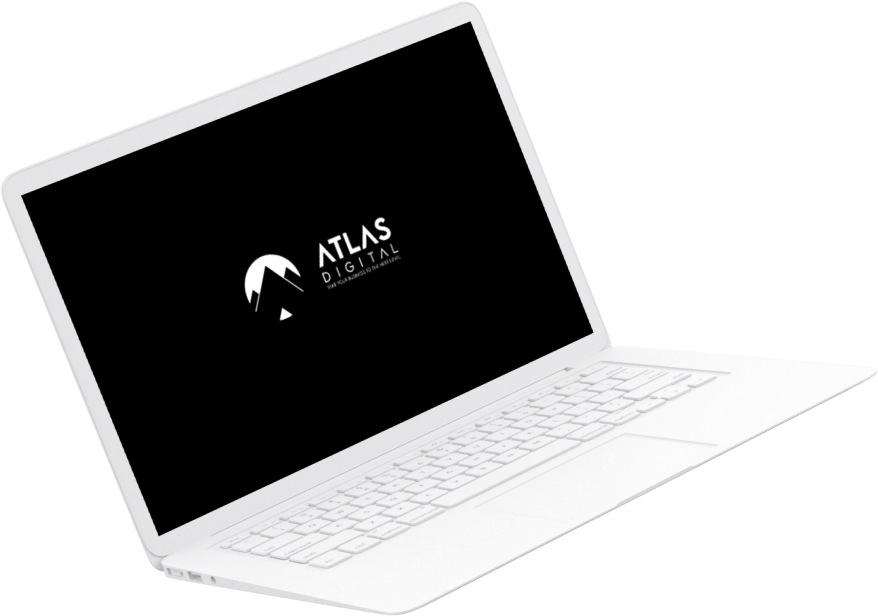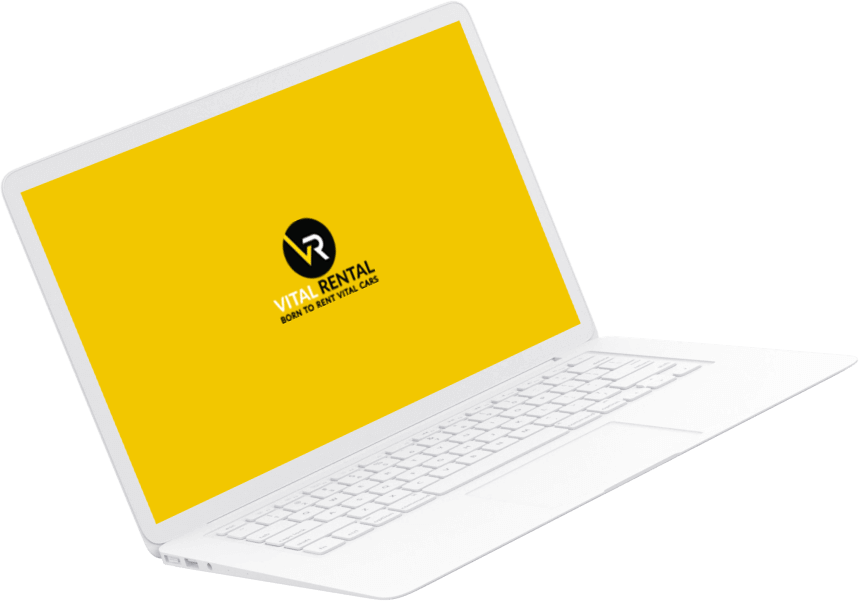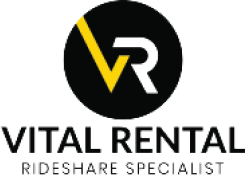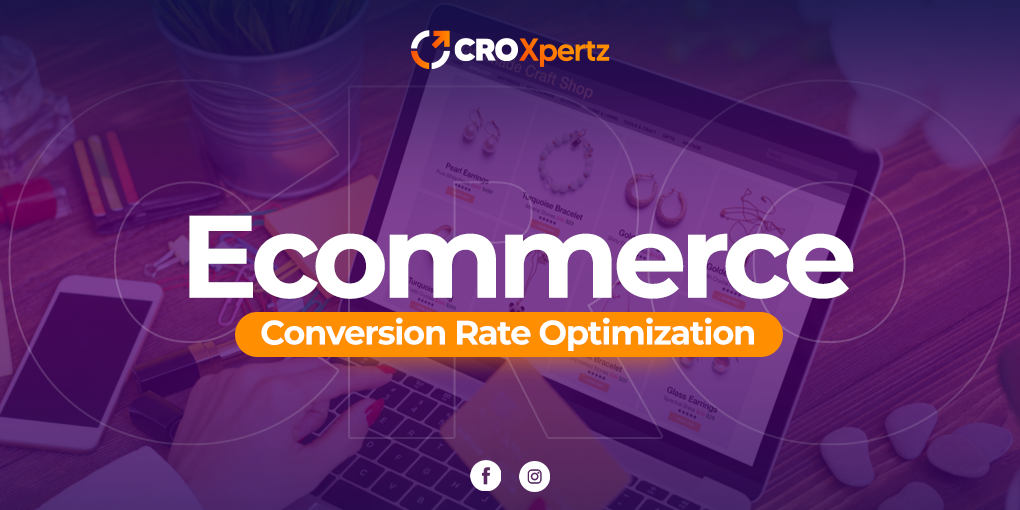
Impact of Site Speed on Ecommerce Conversion Rate Optimization
A seamless shopping experience can make the difference between a sale and an abandoned cart. The success of an online shop hinges in large part on how quickly its customers can make purchases. In this blog, we will discuss the significance of site speed in relation to ecommerce conversion rate optimization.
The Need for Speed
Site speed is the measure of how quickly a website is able to load its entire contents. It's not just about grating on the nerves of impatient users; it also affects search engine rankings and, most significantly, the number of people who actually make a purchase. Let's investigate how slow loading times can hurt sales for your online shop:
-
First impressions matter
Consider this: a potential consumer clicks on a link to your online store from a search result, but the page takes ages to load. They get frustrated, and they leave, probably never to return. That was a missed chance! The loading time of your website will often serve as a user's initial impression of it.
-
Reduced bounce rates
Sites that take too long to load tend to have higher bounce rates, which means that users depart after seeing only one page. Customers are less likely to stick around and check out your products if they have to wait for the page to load. Loading times that are less frustrating for users can keep potential consumers interested.
-
Search engine rankings
Search engine rankings take various criteria into account, and site speed is one of them. For instance, Google considers page load time when ranking websites. If your website loads slowly, you risk dropping in the search engine rankings and losing potential customers. In contrast, Search Engine Optimization (SEO) and organic traffic increases can benefit from a fast website.
-
Improved User Experience
E-commerce conversion rate optimization relies heavily on user experience (UX). Users will become frustrated and lose faith in your company if they are forced to wait on a slow website. On the other hand, a quick website makes purchasing more pleasant, which in turn boosts sales.
-
Cart Abandonment Prevention
Abandoned shopping carts are a major issue for online retailers. Customers may decide not to complete a purchase if the checkout procedure takes too long to load. With a quicker page load time, customers are more likely to complete their purchases because the process is less cumbersome.
-
Mobile Optimization
Mobile optimization is essential as more and more people use their phones to shop online. Mobile website load times might discourage customers and lead to lost sales. Ecommerce conversion rate optimization relies heavily on a site's speed, especially on mobile devices.
Measuring Site Speed
Now that we know how crucial site speed is, how can we evaluate it? There are a number of resources available to assist you gauge how quickly your site loads:
- Page Load Time: The time it takes for a web page to fully load.
- First Contentful Paint (FCP): The time it takes for the first piece of content to appear on the screen.
- First Input Delay (FID): The time it takes for a page to respond to the first user interaction, such as clicking a button or a link.
- Cumulative Layout Shift (CLS): a statistic for measuring the visual stability of a website, revealing whether or not elements move about as the page loads.
- Google Page-Speed Insights: a tool that analyzes the speed of your website and offers advice on how to make it faster.
Optimizing Site Speed
We've established why site performance is so important; now let's look at how to utilize it for improved ecommerce conversion rates optimization:
- Compress Images: Large image files can significantly slow down your website. Reduce the size of your image files without losing quality by using compression software.
- Minimize HTTP Requests: Reduce the number of times your site needs to access external resources (like images or scripts) using the HTTP protocol. Optimizing your code and making use of CSS sprites can help cut down on unnecessary queries.
- Utilize Browser Caching: Make use of browser caching, which stores data about your site in a user's browser to speed up subsequent visits.
- Content Delivery Network (CDN): Incorporating a Content Delivery Network (CDN) is a great way to speed up page loads for visitors from all over the world and decrease their latency.
- Code Minification: Code minification is the process of reducing the size of your website's HTML, CSS, and JavaScript files by removing unused code and whitespace.
- Choose a Fast Hosting Provider: Select a hosting service with fast server response times and scalable resources to handle traffic spikes.
- Mobile Optimization: Make sure your website is mobile-friendly and optimized so that customers using smartphones and tablets have a pleasant purchasing experience.
- Regularly Monitor and Test: Use a tool like Google Page-Speed Insights to keep an eye on your site's performance, and run tests on a regular basis to find and fix any speed-related issues that may arise.
Conclusion
E-commerce conversion rate optimization relies heavily on site speed. Websites that load quickly are preferred by users, have lower bounce rates, perform better in search engine rankings, and generate more revenue as a result. Optimizing your site's load time should be a vital part of your plan if you want to thrive in the cutthroat world of e-commerce. Customer satisfaction will rise, and your e-commerce conversion rate optimization will rise with it, if you make their buying experience simple and quick. Keep in mind that in the realm of online business, time is money.
Case Studies
We expect that reading through these case studies will help you better understand how we can support your company in overcoming similar obstacles.

Atlas
Digital
Atlas Digital is a full-service digital agency that specializes in providing a range of digital solutions to businesses of all sizes. Their team comprises experts in various fields, including digital marketing, creative designing, web development, video development, and app development.
View Case Study
Vital
Rental
Vital Rental is a popular car rental service in Australia that operates 24/7, providing customers with flexible and convenient options. They offer an extensive range of vehicles, including cars, and SUVs. Their affordable pricing and customer-friendly policies make them a top choice for rentals.
View Case Study
Ztech
Design
Ztech is a digital agency that specializes in providing a range of services such as Social Media Marketing, Web Development, SEO, Google Ads, and Creative Designing. Ztech is focused on helping businesses establish their digital presence, improve their online visibility, and achieve their goals through innovative and effective digital solutions.
View Case StudyHappy Clients








Words of our Clients
Cynthia
I was able to produce excellent products, but I had no idea how to market them to consumers.CRO Xpertz has helped me in increasing sales and they assisted me in expanding the business.
Roy Solomon
We hired CRO Xpertz to help our website's conversion rate, and I have to say they did wonders, almost tripling our conversion rate with their CRO service; I will continue to work with him.
Sebastine Sylvester
The CRO Xpertz team is highly skilled at designing efficient testing strategies that greatly enhance conversion rates over time. They are also prompt and excellent project managers.
Luke Edwin
They collaborate so carefully with us that we truly believe they are an extended version of our team. I highly recommend it to anyone looking for professional work with a high-quality dedicated CRO expert.
Get latest updates
Sign up for our newsletter to receive the most recent digital news, trends, and extremely valuable perspectives from our industry professionals.


